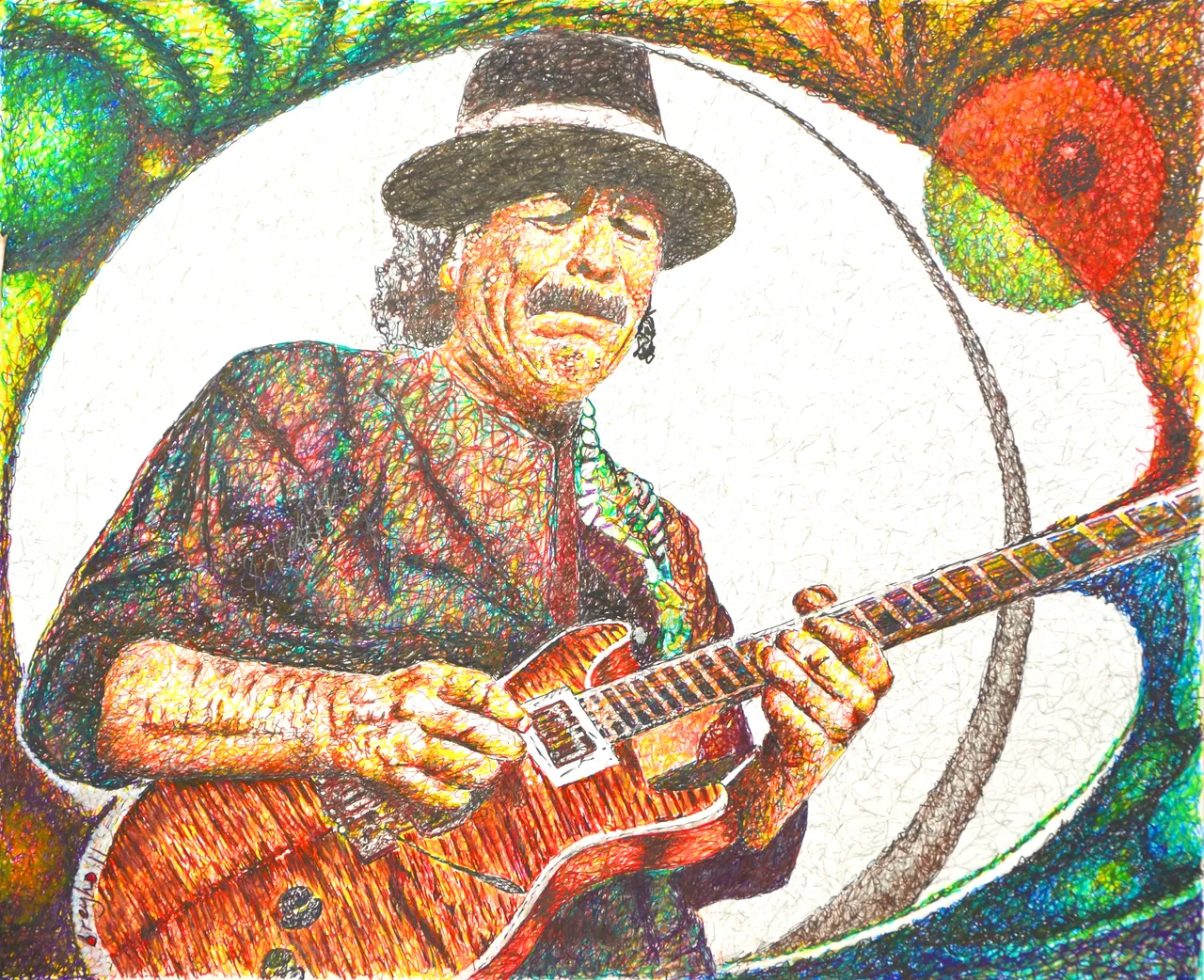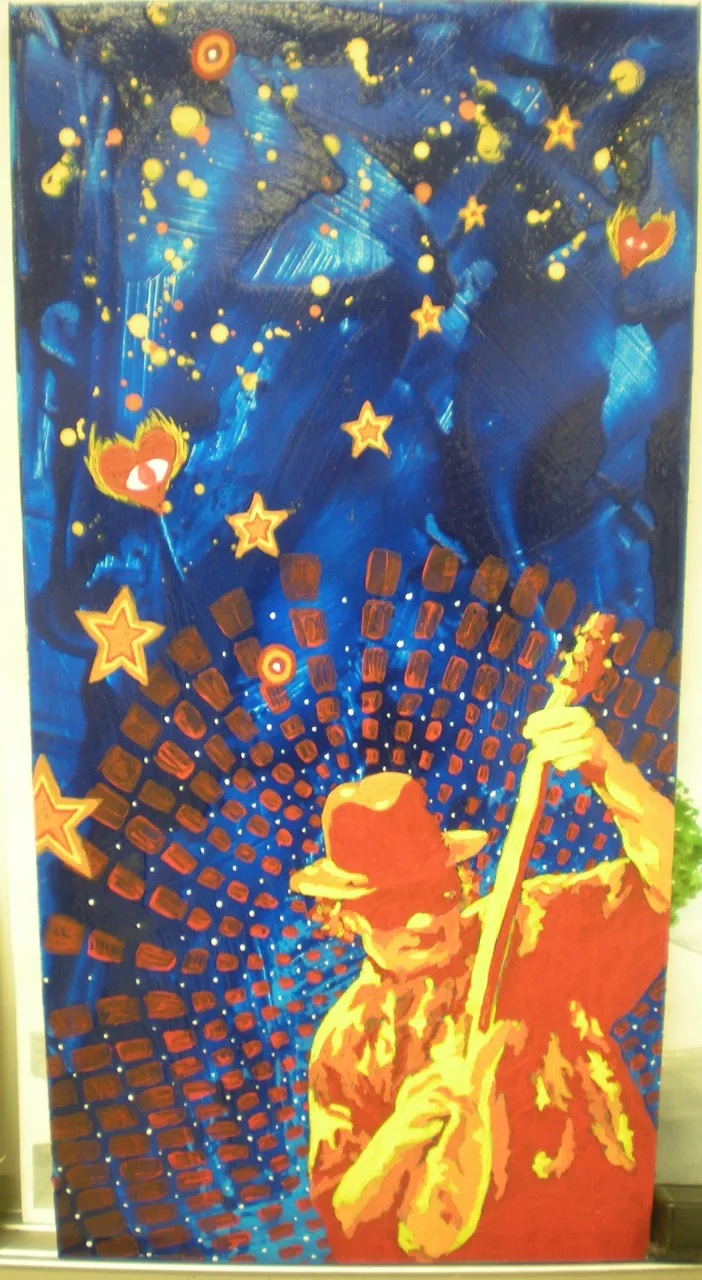"No One To Depend On" is a song by the American band Santana, which was released as a single in 1972 promoting the LP Santana III, which is one of the most acclaimed albums by this influential musical group led by the famous Mexican guitarist Carlos Santana and which mixed African-American rhythms with touches of rock and jazz in a very interesting way.

https://www.deviantart.com/breyhs/art/Carlos-Santana-playing-a-P-RS-Custom-guitar-318239366
In those years and before entering to record the Santana III the band managed to recount a young man of only 17 years old that was called Neal Schon. This teenager saw in Carlos Santana a good teacher to do his best in rock and was a fundamental part in the arrangements of the songs that would go into the LP.
One of those songs was an instrumental written by percussionists Mike Carabello and Coke Escovedo plus keyboardist Gregg Rolie. This musical peiza, which contained a large dose of percussion, had a striking and interesting "ping-pong" between the keyboard and the furious guitars of Carlos and Schon, which gave the song a rather rocky effect.
It is true that musically the song takes some chords and ideas from "Spanish Grease", a Caribbean piece published in 1965 by the American percussionist Willie Bobo but that does not take away the note "7" that we put to all the virtuosity that this band radiates within this song. This is very much reflected in the introduction of the song, where the keyboards, guitars and percussions achieve a mix between fine psychedelia and samba.

https://www.deviantart.com/j-niven/art/Santana-165550882
Carlos Santana decided to include the phrase "Splash, let it fall" at the beginning of the song as a tribute to his musical roots. It is a phrase that many African-American musicians used within their songs in order to give the order to their musicians to start "feeling" the melody in their hands.
The song was not a great success, but is considered one of the classic pieces within the repertoire of the band. Because at that time Hard Rock and ballads were leading the Billboard, this energetic experimentation of Jazz, Rock and Samba managed to reach the #36 position of the Billboard Hot 100, which was not a sign, while in the UK it did not make it to the charts.
A song to dance, to purify the soul, to feel the freedom next to the good mystic rock in the chords of the majestic rhythms of Santana.